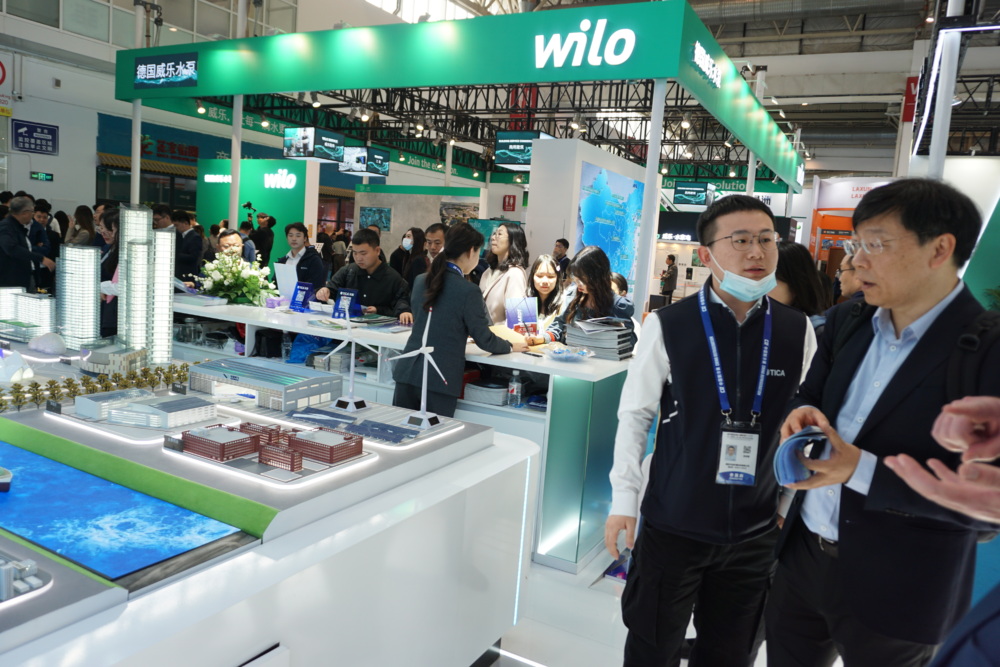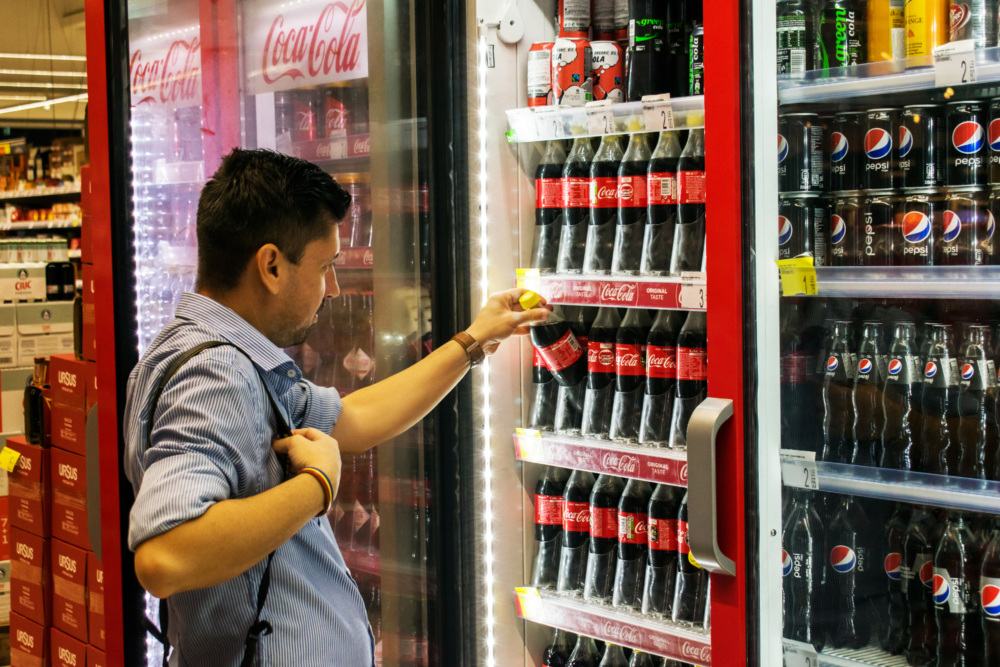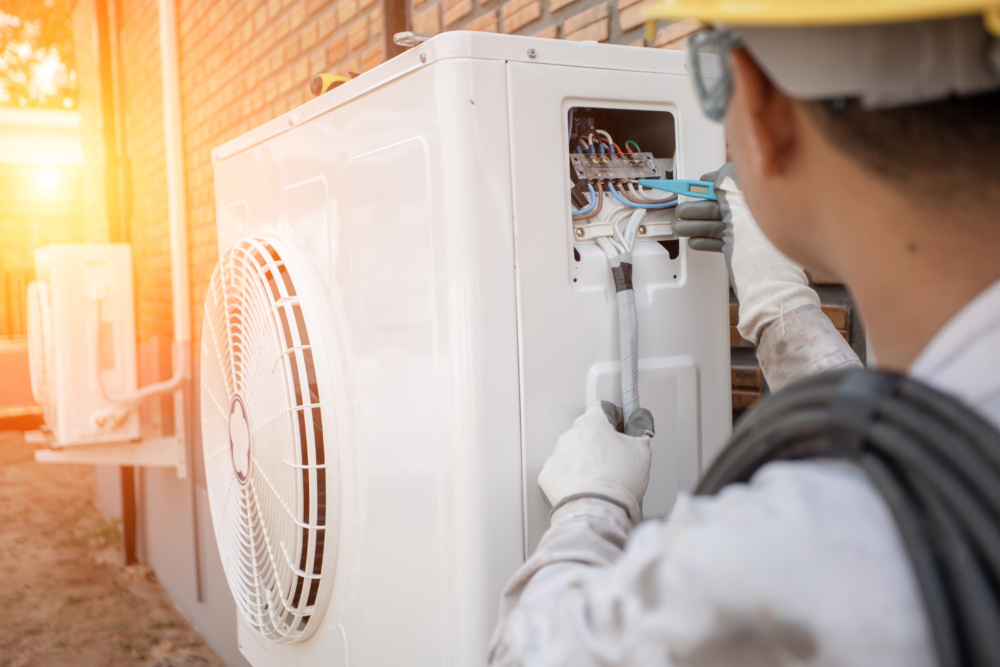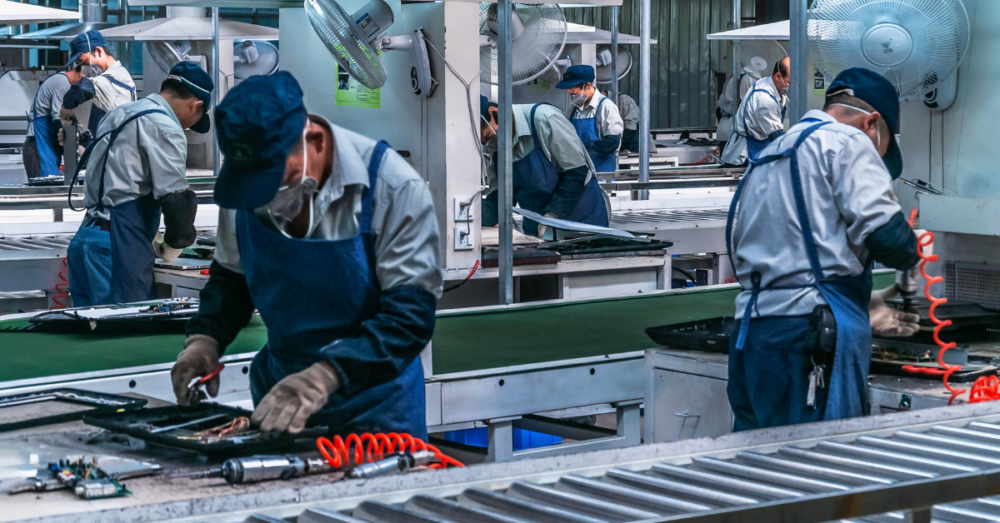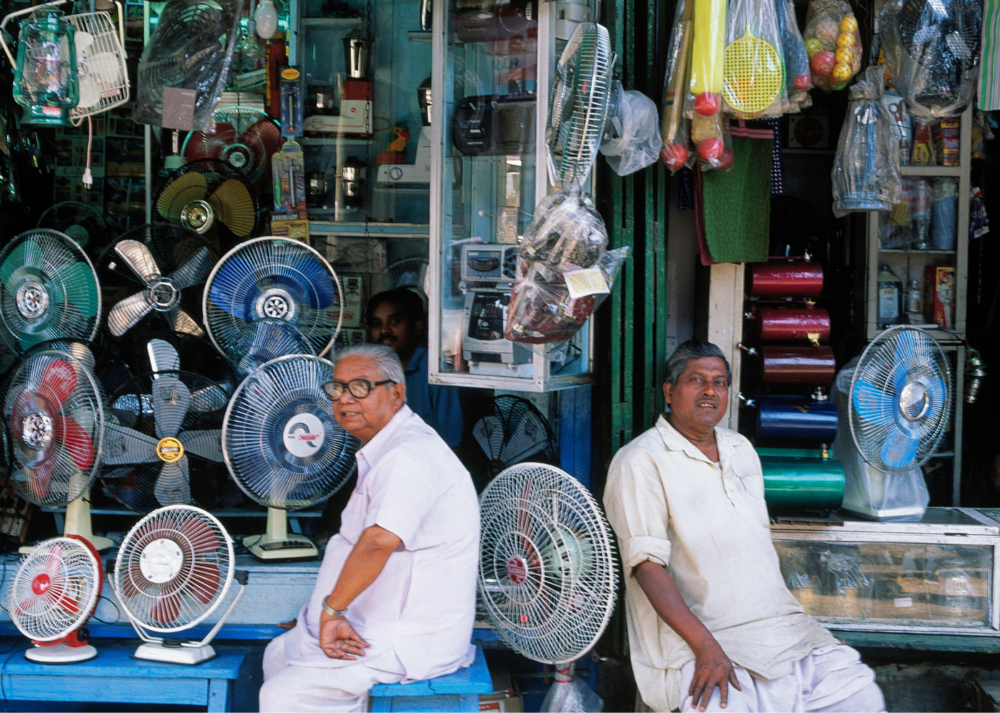China’s New Efficiency Policy Will Help Keep Pace with Climate Goals
The new MEPS policy will strengthen the power of efficiency standards, with huge implications for climate goals.
China’s goals of peaking carbon emissions by 2030 and reaching carbon neutrality before 2060 are a sizable commitment that require similarly large-scale action. In 2021, China released a national plan to promote more responsive standards that keep pace with technological innovations and efficiency improvements. To action this plan, CLASP and the China National Institute of Standardization (CNIS) conducted research for a proposed policy that would mandate future efficiency standards revisions.
Can Policies Keep Up with Technological Advancement?
In 1989, China adopted the first minimum energy performance standards (MEPS) for nine types of common appliances. Three decades later, China had 75 MEPS covering everything from rice cookers to industrial motors — but to date, 46 have never been revised. Chinese authorities had enacted multiple policies that suggested proper execution and regular updates of MEPS but had no systematic framework for revisions.
To prepare a policy that would accomplish such a framework, the Chinese National Institute of Standardization (CNIS) and CLASP worked together for two years preparing technical reports and analyzing policy revision approaches in more than 10 countries. We used Mepsy to calculate energy use reduction achieved from increasing the efficiency of major appliances and researched established revision frequencies, triggers, (such as the presence of specific regulations or criteria to start a revision process) and other insights from processes followed around the world. The results from this analysis were synthesized in a MEPS upgrade roadmap study (linked above) which was later used to inform the revision policy draft.
A principal feature of the roadmap was the definition of 3 efficiency tiers:
- Tier 1 would be reserved for the top 5% most efficient appliances on the market
- Tier 2 for the top 20% (and used for “Energy Efficient” certification)
- Tier 3 for the minimum (MEPS) level, effectively phasing out the 20% of products with the lowest performance.
Between 2005–2020, China’s standards and labeling programs had achieved energy savings of more than 2500 TWh,1 which could more than double with updated standards.
Example MEPS revision for Room ACs
| Subcategory (cooling capacity) |
Advanced New Tier 1 |
MEPS Tier 1 New Tier 2 |
MEPS Tier 2 New Tier 3 |
MEPS Tier 3 Phased out |
|---|---|---|---|---|
| CC ≤ 4500 W | 6.0 Wh/Wh | 5.0 Wh/Wh | 4.5 Wh/Wh | 4.0 Wh/Wh |
| 4500 W < CC ≤ 7100 W | 5.0 Wh/Wh | 4.5 Wh/Wh | 4.0 Wh/Wh | 3.5 Wh/Wh |
| 7100 W < CC ≤ 14000 W | 4.6 Wh/Wh | 4.2 Wh/Wh | 3.7 Wh/Wh | 3.3 Wh/Wh |
CNIS analysis shows that the energy efficiency level for RACs would improve 20% on average if the policy is adopted.
If China prioritizes MEPS revisions for appliances with high energy-savings potential, they could prevent 4,179 Mt of CO₂ emissions by 2060.
The Future of Chinese MEPS Policy
In late 2022, China’s National Development and Reform Commission (NDRC) and the State Administration of Market Regulations published the draft policy, “Upgrading and Strengthening Implementation of Energy Efficiency Standards.” This policy would employ a regular revision schedule and the suggested efficiency tiers.
“We are hoping that this policy will spark urgent efforts to revise mandatory national standards for prioritized products and equipment and to make them internationally competitive,” said Pengcheng Li, Principal Researcher from CNIS.
In addition to improving market competitiveness, China’s dual carbon pledges continue to motivate efficiency improvements. CLASP plans to work with CNIS and deliver on these carbon reduction goals, supporting the standards revision process and additional appliance policy action.




